Semi-gloss paint is known for its high sheen amount and its glossy water-resistant coating.
You can apply two semi-gloss paints if you sand the existing coating to remove its glossy top layer. You can’t paint over semi-gloss paint without sanding or priming as the new paint won’t adhere.
To paint over semi-gloss paint, allow the semi-gloss paint coating to dry, sand the paint coating, apply primer, and apply the new paint.
Can You Apply Two Semi-Gloss Coats?
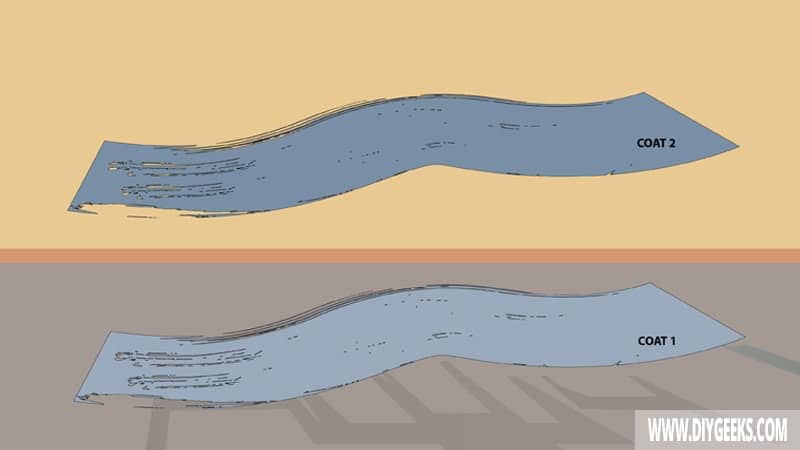
You can apply two semi-gloss paint coats if you sand the existing coat first. Sanding removes the glossy layer of the existing coating and creates tiny pores (holes) for the next paint coating to penetrate and adhere to.
Semi-gloss paint has a high amount of sheen and produces a glossy moisture-resistant coating that presents paint penetration or adhesion.
If you paint directly over a semi-gloss paint coating, its glossy moisture resistance prevents the new paint coating from penetrating or adhering to it. The new paint coating will remain wet for longer and can peel off.
To sand between semi-gloss paint coats, use fine-grit sandpaper (220-grit). Fine-grit sandpaper removes the glossy topcoat but isn’t strong (rough) enough to remove the entire paint coating.
Can You Paint over Semi-Gloss Paint Without Sanding or Priming?
You can’t paint over semi-gloss paint without sanding or priming as the paint’s glossy topcoat prevents paint penetration or adhesion. You must either sand, prime, or use both.
Sanding removes semi-gloss topcoat and creates tiny pores (holes) that the new paint can penetrate and adhere to. The primer covers the paint’s glossy finish and provides a smooth layer for the new paint to adhere to.
If you paint over semi-gloss paint without sanding or priming, the following things will happen.
- Weak adhesion between paint coats.
- The new paint coat remains wet for longer, turns sticky, or peels off.
- The new paint coat is affected by dust, and debris, and gets contaminated.
- Color variations between coats.
How To Paint Over Semi-Gloss Paint?
To paint over semi-gloss paint, do the following things.
- Allow the Semi-gloss Paint Coating to Dry.
- Sand the Paint Coating.
- Apply Primer (Optional).
- Apply the New Paint.
The tools you need for this project are listed below.
- Sandpaper
- Clean Rags
- Semi-gloss Paint
- A paintbrush
1. Allow the Semi-gloss Paint Coating to Dry
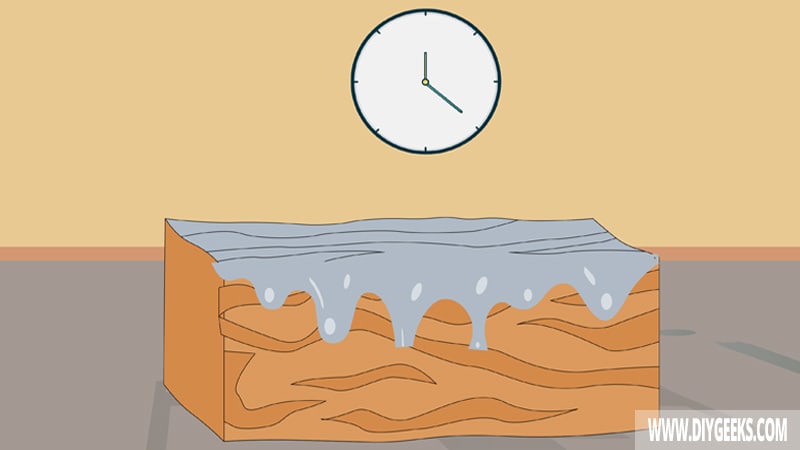
Allow Semi-gloss paint to dry between 2-3 hours between coats. The exact dry time depends on room temperature and humidity, paint coat viscosity, and surface type.
If you re-coat semi-gloss paint too soon, the finish remains wet longer, turns sticky or tacky, or can peel off.
To know if the paint coating is dry enough for a re-coat, inspect the finish. The semi-gloss paint is dry if the coating is dry (rigid) and glossy. If the paint coating looks moist, wet, or sticky, it hasn’t dried and you shouldn’t paint over it yet.
2. Sand the Paint Coating
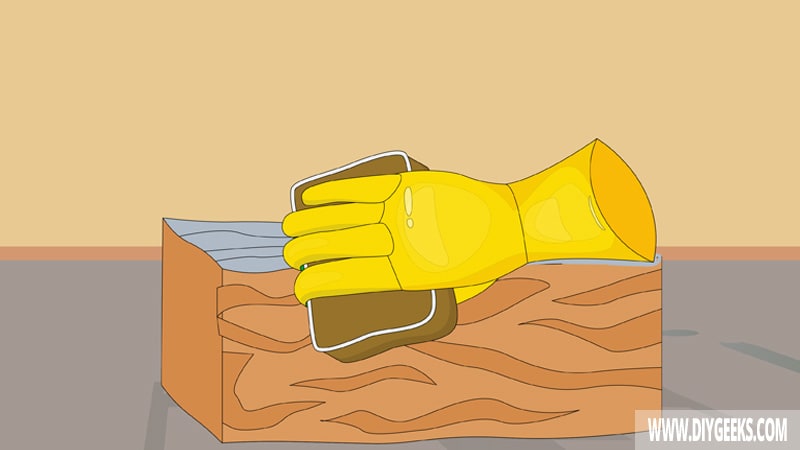
Sand the semi-gloss paint coating with fine-grit sandpaper (220-grit) to remove its glossy topcoat and allow paint penetration and adhesion. Sanding also creates tiny pores (holes) that the new paint can penetrate and adhere to.
After sanding the paint, clean its finish with a dry clean rag.
Avoid using coarse-grit or medium-grit sandpaper (100-grit or lower) as it can remove the entire paint finish.
3. Apply Primer (Optional)
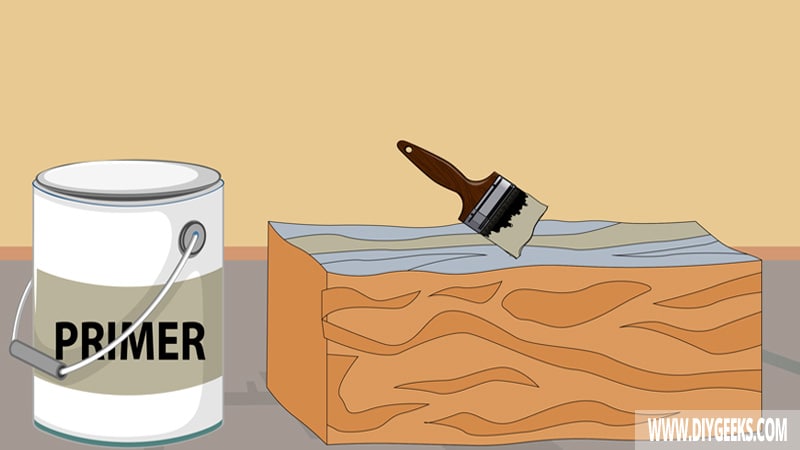
Apply one (1) primer coat over semi-gloss paint if you didn’t sand it. The primer will cover the semi-gloss paint’s glossy finish and create a textured finish that the new paint can penetrate and adhere to.
If you sand the existing paint coating, applying a primer is optional. The primer increases the paint adhesion between coats but also covers the wood grain.
4. Apply the New Paint
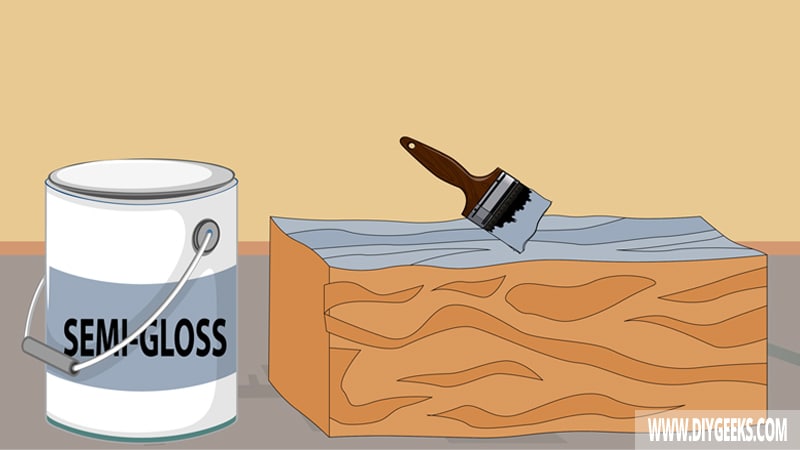
Apply 2-3 paint coats over the semi-gloss finish. The exact paint coat number depends on the semi-gloss paint finish thickness. The thicker the existing finish is, the fewer new paint coats you need.
If you apply semi-gloss paint over semi-gloss paint, sand between each coat with fine-grit sandpaper. The new paint coating won’t adhere properly and can peel off if you don’t sand between coats.
Can You Paint over Semi-Gloss Finish With Different Paint Types?
You can paint over a semi-gloss finish with all paint types if you sand the finish to remove its glossy topcoat. Once the semi-gloss paint is sanded and the glossy topcoat is removed, the new paint will adhere to it.
To change the finish color shade apply a primer coating between the paint coatings to prevent bleed-through. If you don’t apply primer coating, the old semi-gloss finish will bleed through the new paint finish.
You can paint over a semi-gloss finish with a sealer without sanding or priming. Sealers, such as polyurethane or varnish, are topical finishes that don’t need to penetrate a surface to adhere.


